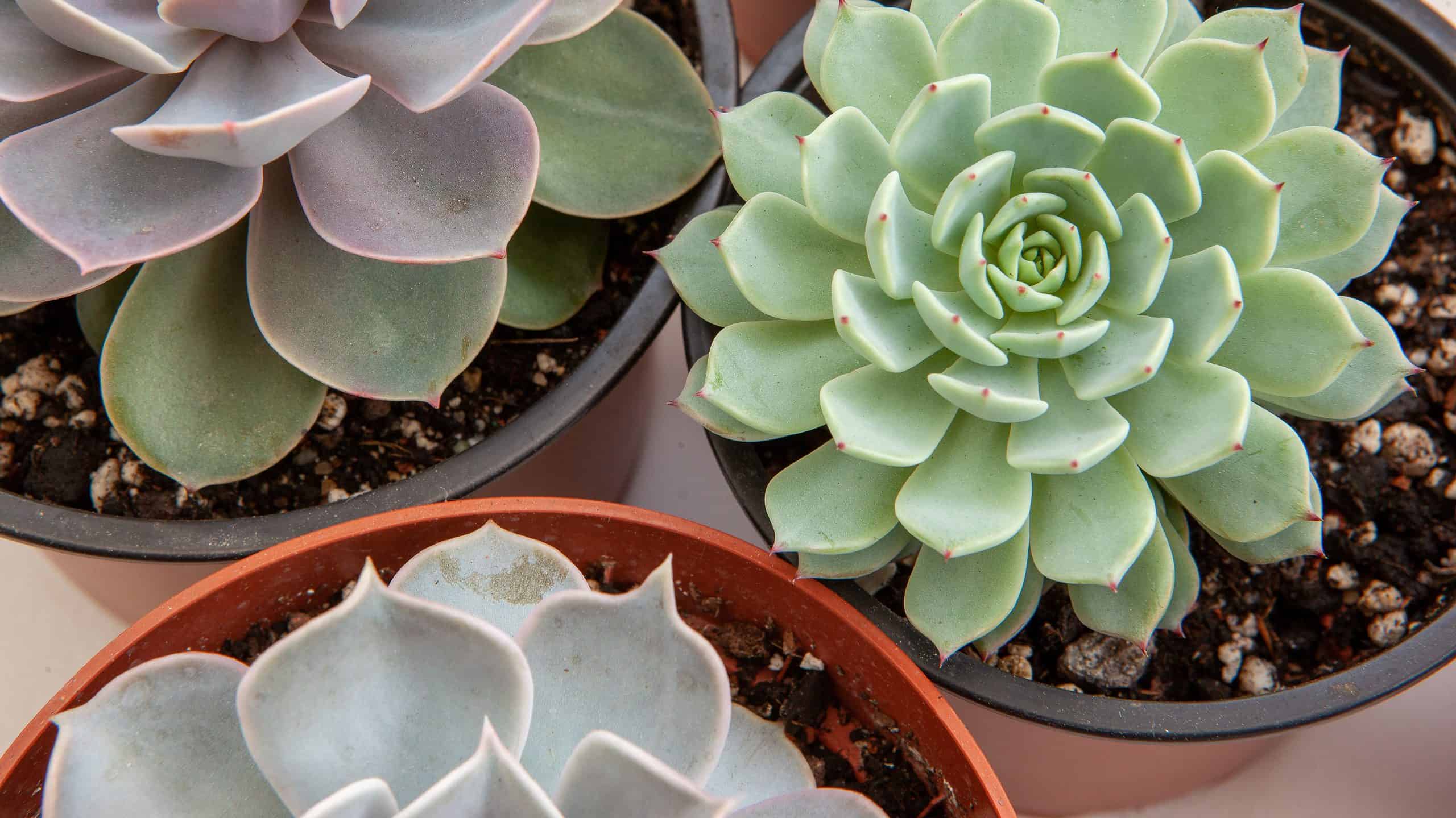Home>Gardening Techniques>Plant Care>How Deep Does Rosemary Roots Grow


Plant Care
How Deep Does Rosemary Roots Grow
Modified: February 7, 2024
Learn about plant care for rosemary and discover how deep its roots grow. Get expert tips and advice to ensure your rosemary plant thrives.
(Many of the links in this article redirect to a specific reviewed product. Your purchase of these products through affiliate links helps to generate commission for Chicagolandgardening.com, at no extra cost. Learn more)
Table of Contents
Introduction
Welcome to the wonderful world of rosemary plants! Whether you’re a seasoned gardener or just starting out with your green thumb, understanding the root system of rosemary plants is essential for their overall health and vitality. In this article, we will explore how deep rosemary roots grow and discuss the factors that influence their depth. We will also dive into the ideal soil conditions for promoting optimal root growth in rosemary plants. Additionally, we will provide some techniques and tips to encourage deep root growth, ensuring your rosemary plants thrive in your garden or containers.
Rosemary (Rosmarinus officinalis) is a popular culinary herb known for its fragrant leaves and flavorful addition to various dishes. This evergreen shrub not only adds beauty to your garden but also offers several health benefits.
Understanding the root system of rosemary plants is crucial because healthy roots are the foundation for a thriving plant. The depth and spread of roots in rosemary plants are influenced by various factors, including soil type, watering practices, and care.
By focusing on optimizing root growth, you set your rosemary plants up for success. Let’s explore how deep rosemary roots grow and what you can do to encourage robust root development.
The Root System of Rosemary Plants
The root system of rosemary plants plays a vital role in their overall health and productivity. While rosemary plants are known for their aromatic leaves and woody stems, their root system often goes unnoticed. Understanding how the roots behave and grow is key to providing proper care and ensuring the success of your rosemary plants.
Rosemary plants have a fibrous root system, meaning they have many small and fine roots rather than a few large ones. These fine roots spread out horizontally just below the soil surface, rather than growing deep into the ground. Although the primary root (known as the taproot) tends to grow straight down initially, it gives rise to a multitude of lateral roots that extend horizontally. This shallow root system is adapted to help the plant efficiently capture water and nutrients from the topsoil.
Despite their shallow nature, the root system of rosemary plants can extend quite extensively. Depending on the specific cultivar and growing conditions, the lateral roots can spread out up to several feet in all directions. This wide root spread aids in anchoring the plant firmly in the soil, preventing it from being easily uprooted by wind or other environmental factors.
It’s worth noting that while the bulk of the root system resides in the top few inches of soil, rosemary plants can also develop a few deeper anchor roots. These deeper roots penetrate the soil to a depth of 12 to 18 inches, providing additional stability and allowing the plant to access moisture and nutrients from deeper layers of the soil.
Understanding the structure and behavior of the root system of rosemary plants is essential for proper care and maintenance. By providing adequate soil conditions and taking necessary measures to promote root growth, you can ensure that your rosemary plants thrive and produce an abundant harvest of aromatic leaves.
Factors Affecting Root Depth
Several factors contribute to the depth of rosemary roots. Understanding these factors can help you create an optimal environment for your rosemary plants to develop deep and healthy root systems.
1. Soil Type: The type and texture of the soil play a significant role in determining how deep rosemary roots can grow. Sandy or loamy soil, which is well-draining and loose, allows the roots to penetrate deeper. In contrast, clay soil tends to be compacted and can hinder root growth. Amending heavy clay soils with organic matter can improve drainage and encourage root development.
2. Watering Practices: Adequate and consistent watering is essential for promoting deep root growth in rosemary. Watering deeply and infrequently encourages the roots to grow deeper as they search for moisture. Conversely, shallow and frequent watering can result in shallow root growth, making the plant more susceptible to drought stress.
3. Temperature and Climate: Rosemary plants prefer warm climates and are adapted to Mediterranean-like conditions. In regions with cold winters, the roots may not grow as deep due to the plant’s natural tendency to conserve energy and protect itself from freezing temperatures. Providing winter protection and mulching can help safeguard the roots during colder seasons.
4. Sunlight Exposure: Rosemary plants thrive in full sun or bright, indirect light. Ample sunlight stimulates root growth and overall plant development. Insufficient sunlight can result in weak and shallow root systems. Ensure your rosemary plants receive at least 6 to 8 hours of direct sunlight daily for optimal root depth.
5. Nutrient Availability: The availability of essential nutrients in the soil directly influences root development. Regularly applying a balanced fertilizer formulated for herbs can provide the necessary nutrients that support root growth and overall plant vigor.
By considering these factors and addressing any limitations, you can create the ideal conditions for your rosemary plants to develop deep, strong, and healthy root systems. This will not only promote the plant’s overall health but also enhance its ability to withstand environmental stresses and produce a bountiful harvest of flavorful leaves.
Ideal Soil Conditions for Rosemary Root Growth
The right soil conditions are crucial for promoting optimal root growth in rosemary plants. Creating a suitable environment for the roots will ensure that your plants can access the necessary nutrients and moisture for their overall health and vitality.
1. Well-Draining Soil: Rosemary plants thrive in well-draining soil. Excess water can lead to root rot, so it’s important to choose a soil mix that allows water to pass through easily. Sandy soil or a mix of sandy soil and organic matter provides excellent drainage, preventing water from pooling around the roots.
2. pH Level: Rosemary plants prefer slightly acidic to neutral soil. The ideal pH range for rosemary is between 6 and 7. You can test the pH of your soil using a soil testing kit and adjust it if necessary. Adding organic matter, such as compost, can help balance the pH level and provide necessary nutrients.
3. Organic Matter: Incorporating organic matter into the soil not only improves its structure but also enhances nutrient content and moisture retention. Adding well-rotted compost or aged manure to the planting area before planting your rosemary plants can provide a nutrient-rich environment for root growth.
4. Mulching: Applying a layer of organic mulch around the base of rosemary plants helps conserve soil moisture, suppress weed growth, and regulate soil temperature. Organic mulch, such as wood chips or straw, also gradually breaks down, adding valuable organic matter to the soil and promoting beneficial microbial activity.
5. Container Growing: If you’re growing rosemary in containers, use a well-draining potting mix specifically formulated for herbs or succulent plants. The mix should contain a combination of organic matter, such as peat moss or coconut coir, and perlite or vermiculite for added drainage.
Creating the ideal soil conditions for rosemary root growth will ensure that the plants can establish strong roots and thrive in your garden or containers. Remember to monitor the moisture levels, provide appropriate nutrients, and regularly check the health of the roots to maintain optimal conditions for your rosemary plants.
Techniques to Promote Deep Root Growth in Rosemary
Encouraging deep root growth in rosemary plants can significantly enhance their overall health, resilience, and productivity. By utilizing specific techniques, you can create an environment that stimulates root development and helps your plants establish strong and robust root systems.
1. Water Deeply and Infrequently: When watering your rosemary plants, aim for deep irrigation rather than frequent shallow watering. This practice encourages the roots to grow deeper as they search for water. Allow the top few inches of soil to dry out before watering thoroughly. Avoid overwatering, as it can lead to shallow root growth and make the plants more susceptible to root diseases.
2. Mulch the Soil Surface: Apply a layer of organic mulch around the base of your rosemary plants, leaving a small gap around the stem to prevent moisture-related issues. Mulch helps maintain consistent soil moisture levels, regulates soil temperature, and reduces weed competition. As the mulch breaks down, it enriches the soil with organic matter, promoting root growth.
3. Fertilize Properly: Use a balanced and slow-release fertilizer to provide essential nutrients for your rosemary plants. Apply the fertilizer according to the manufacturer’s instructions, ensuring that it is evenly distributed in the root zone. Avoid over-fertilization, as it can lead to excessive vegetative growth at the expense of root development.
4. Prune and Pinch: Regularly prune your rosemary plants to encourage compact and bushy growth. Pinching off the top few inches of new growth helps promote branching, which in turn stimulates root growth. Pruning also allows better airflow around the plant, reducing the risk of diseases and pest infestations.
5. Overwinter with Care: In colder climates, rosemary plants may require protection during the winter months. Consider using frost covers, cloches, or moving potted plants indoors to protect the roots from freezing temperatures. Avoid excessive moisture during winter, as wet soil combined with cold temperatures can harm the roots.
6. Transplant with Caution: When transplanting rosemary, be mindful not to disturb the root system excessively. Gently loosen the root ball and ensure the plant is positioned at the same depth it was previously growing. Proper transplanting techniques help minimize stress and encourage root establishment in the new location.
By implementing these techniques, you can promote deep root growth in your rosemary plants. Remember to provide proper watering, maintain a healthy soil environment, and conduct regular maintenance to encourage strong and resilient root systems. The result will be robust and productive rosemary plants that thrive in your garden or containers.
Conclusion
Cultivating healthy and robust root systems is essential for the success of your rosemary plants. By understanding the root system, factors affecting root depth, ideal soil conditions, and techniques to promote deep root growth, you can provide the optimal environment for your rosemary plants to thrive.
The root system of rosemary plants is predominantly shallow, with a network of fine lateral roots that spread horizontally just below the soil surface. While the majority of the root system remains in the top few inches of soil, rosemary plants can develop a few deeper anchor roots that penetrate the soil to access moisture and nutrients.
Several factors influence root depth, including soil type, watering practices, temperature, sunlight exposure, and nutrient availability. By considering these factors and making necessary adjustments, such as using well-draining soil, watering deeply but infrequently, and providing proper sunlight and nutrient levels, you can encourage deep root growth in your rosemary plants.
Creating the ideal soil conditions for rosemary root growth involves using well-draining soil, maintaining a slightly acidic to neutral pH level, incorporating organic matter, and mulching the soil surface. These measures improve soil structure, enhance nutrient availability, and promote moisture retention, leading to vigorous root development.
Implementing specific techniques further supports deep root growth. Watering deeply and infrequently encourages roots to search for water, while mulching conserves moisture and regulates soil temperature. Proper pruning, fertilization, and winter care can also contribute to strong and healthy root systems.
By following these practices and providing the necessary care, you can cultivate thriving rosemary plants with deep and extensive root systems. These robust roots will support the plant’s overall health, enable it to withstand environmental stresses, and ensure a bountiful harvest of aromatic leaves for culinary delights and herbal remedies.
Now that you have a deeper understanding of rosemary root growth, it’s time to apply this knowledge in your garden or containers. Enjoy the pleasures of growing and caring for rosemary, knowing that you are fostering a strong and vibrant plant from the ground up.








